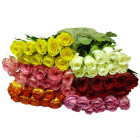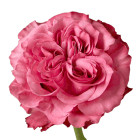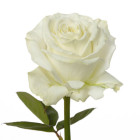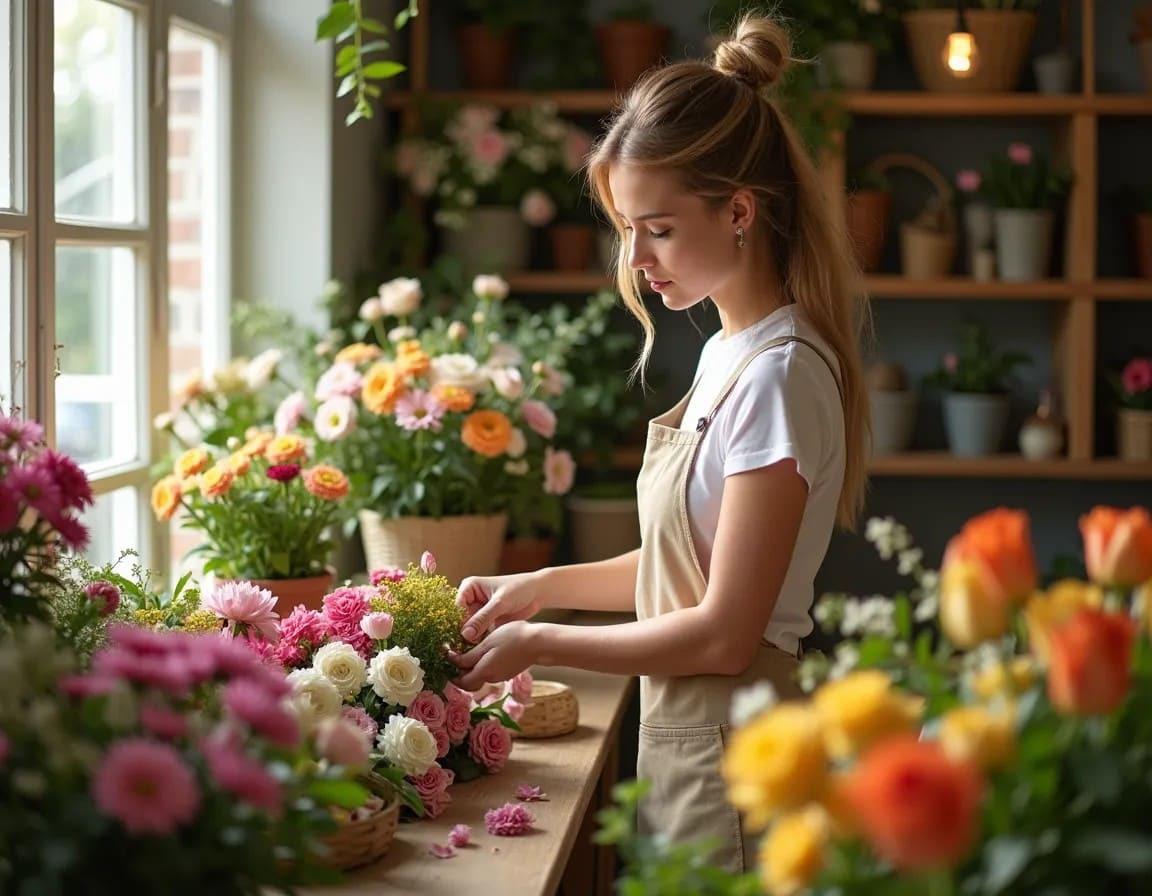
Who is a Modern Florist? Qualities and Skills of a Floral Design Master
Today, a florist is not just someone who arranges bouquets. They are artists capable of transforming spaces and moods, working with flowers as true works of art. Floristry is becoming an integral part of modern culture, accompanying life’s important moments, whether it’s a wedding, corporate event, or a small but meaningful gesture of appreciation. The demand for professionals in this field is steadily growing, and the competitive environment requires not only creative skills but also business acumen.
The florist profession has come a long way in its development. While bouquet-making was once considered a craft passed down from master to apprentice, it is now an independent profession requiring extensive knowledge of flowers, contemporary trends, and customer relations nuances. A modern florist must not only create floral arrangements but also understand client needs, stay informed about eco-friendly practices, and commit to continuous learning.
The purpose of this article is to highlight the key qualities and skills that define a successful florist and emphasize their importance in building strong relationships with clients and partners.
Key Qualities of a Successful Florist
Creativity and Innovative Thinking
Creativity is the foundation of the florist profession. Without a creative approach, it is impossible to craft unique, memorable arrangements that capture the mood of an event or surprise with individual style. Innovative thinking enables florists to adapt to various styles—ranging from classic to avant-garde—and find fresh ideas even with limited resources.
For instance, designing bouquets for themed events requires more than selecting beautiful flowers. It involves creating harmonious compositions that reflect the color palette, concept, and atmosphere of the occasion. Florists who tailor their designs to client requests deliver unique solutions, from bridal bouquets to decor for corporate events.
Attention to Detail
In floristry, nothing is insignificant—attention to detail sets true masters apart. The ability to notice and execute even the smallest nuances allows florists to create harmonious and visually flawless works, which is especially critical for complex arrangements at large-scale events.
To develop attention to detail, florists should regularly evaluate their work: assess the final result, ensure client expectations are met, and optimize flower use in compositions. Maintaining open communication with clients also helps refine every detail of an order, whether it’s a small accent in a bouquet or the overall appearance of a decorated space.
Emotional Resilience and Stress Tolerance
Floristry is a profession that requires handling high-pressure situations. Constantly working with flowers and live plants often demands quick decision-making, swift responses to urgent orders, and effective communication with demanding clients. This is especially evident during peak seasons, such as holidays, when time constraints are tight, and quality expectations remain high.
Efficient time management, using reliable techniques, and mastering floral composition methods help florists stay focused and maintain a high work pace. Staying motivated and positive are essential qualities that enable professionals to overcome challenges without compromising their craftsmanship.
Personal Qualities
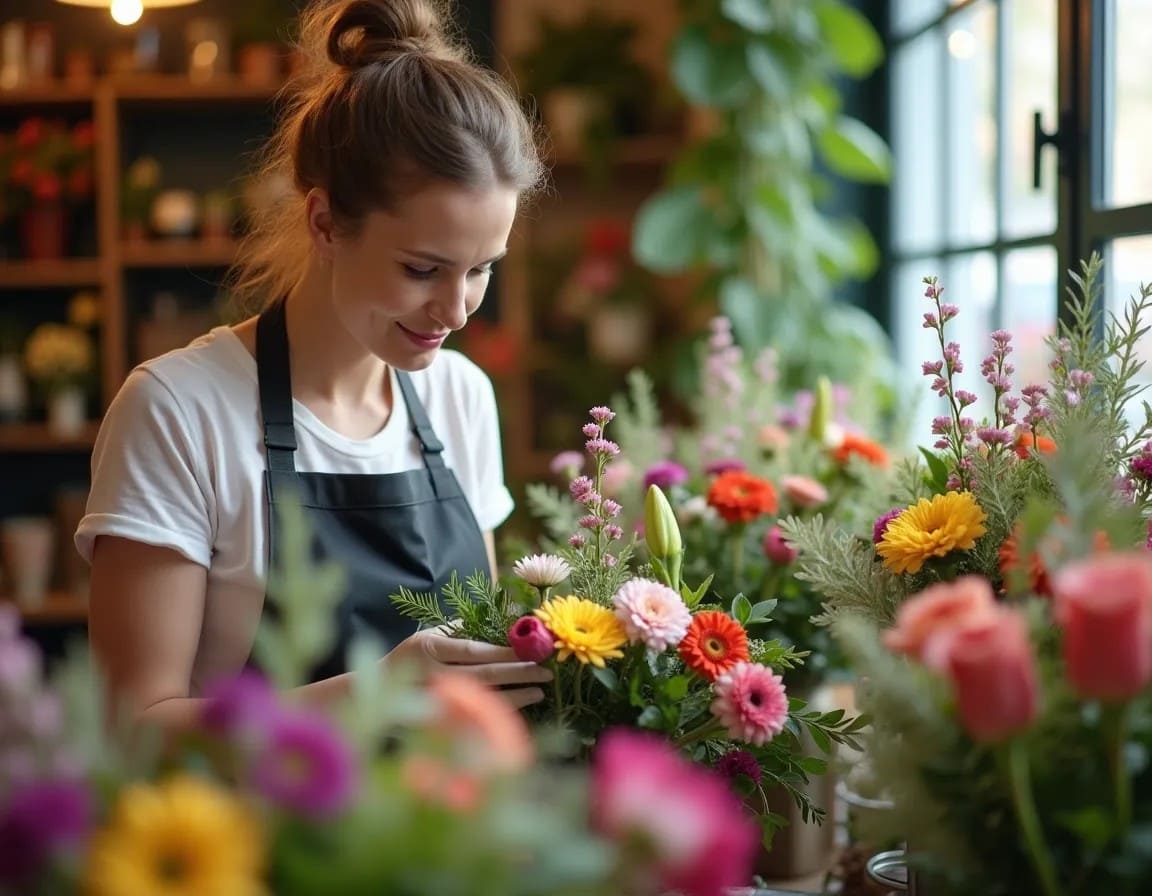
Personal qualities are equally important in helping florists achieve exceptional service levels and earn client trust. Patience allows for meticulous work on intricate arrangements, while high responsibility ensures timely and high-quality order fulfillment. These traits enhance client loyalty and build a solid reputation.
Teamwork skills are equally crucial, as most projects, particularly for large-scale events, require coordinated efforts among several specialists. The ability to collaborate effectively with colleagues helps create cohesive arrangements and ensures smooth operations, reflecting positively in each project and enhancing the overall impression of the final result.
Professional Skills Every Florist Needs
Comprehensive Knowledge of Plants and Their Properties
A skilled modern florist must have expert-level knowledge of plants, as understanding flower and greenery properties directly impacts the quality and longevity of arrangements. Knowing storage durations, care requirements, and seasonality helps avoid mistakes that could lead to bouquet spoilage and diminished service quality. For example, understanding that roses and lilies have different water and temperature needs enables florists to create arrangements that stay fresh longer.
Clients often ask how long flowers will last, which blooms are best for specific occasions, or how to care for a bouquet at home. To answer these questions, florists must concisely and clearly explain basic care principles and select flowers that meet client requirements. Competent advice fosters trust and increases the likelihood of client return.
Floral Arrangement and Bouquet Composition Skills
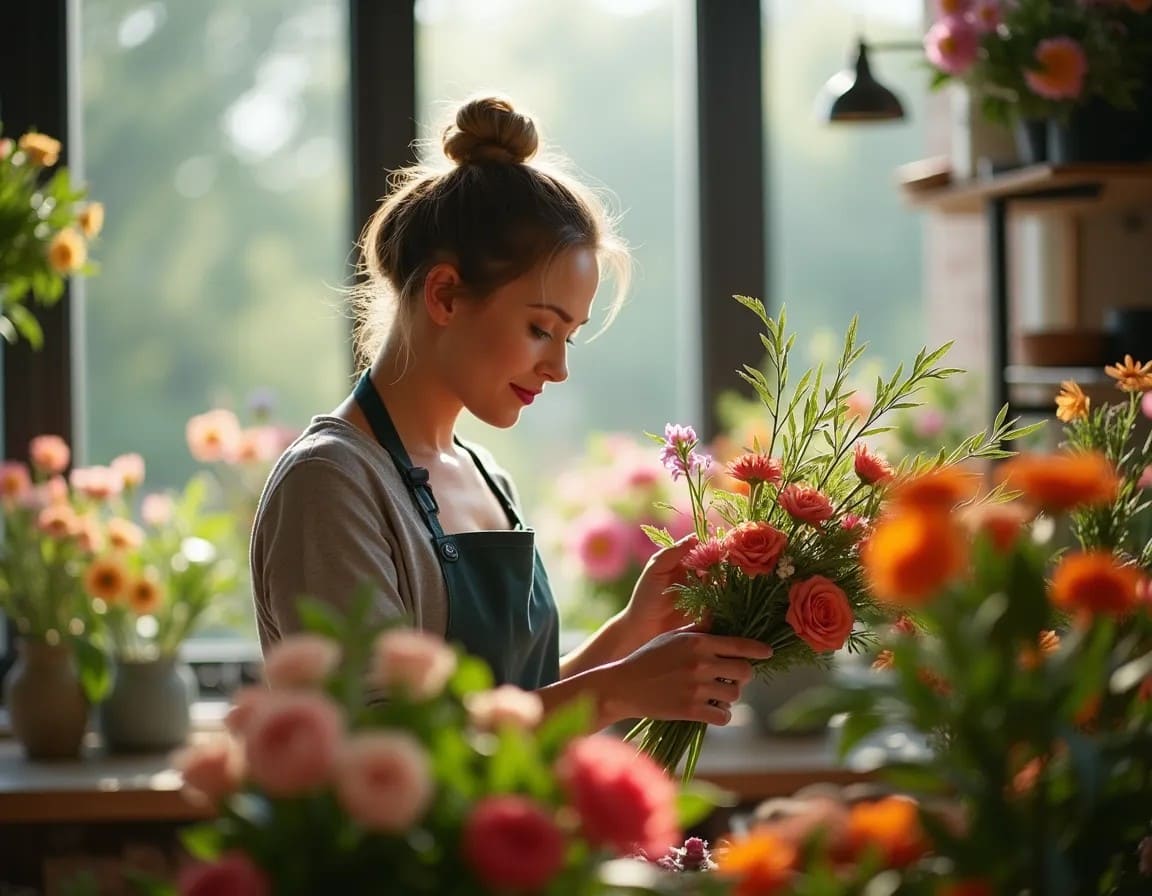
Mastering composition is a central skill for florists, encompassing an understanding of colors, textures, and forms. These elements influence not only visual appeal but also the emotional impact of an arrangement. For example, pastel tones and soft textures create a romantic mood, while bold colors and large shapes evoke strong emotions.
Numerous styles exist, tailored to the type of event and client preferences. Whether it’s classical, rustic, minimalist, or eclectic, florists must not only know these styles but also determine which elements best enhance the event atmosphere, be it a wedding or a corporate gathering.
Communication Skills and Client Interaction
One of the key factors in floristry success is effective client communication. Building trust and understanding between florist and client establishes long-term relationships, particularly valuable for corporate accounts and repeat customers. Florists must accurately identify client preferences, offer options that match their budget and expectations, and confidently provide recommendations if professional guidance is needed.
To communicate effectively, florists should demonstrate openness to questions and pay attention to every order detail. Expressing genuine interest and striving to understand the client gives them a sense of value and care, fostering loyalty and encouraging positive reviews of the business.
Business Skills and Sales Management

In addition to creative skills, a good florist must possess basic business and sales management knowledge—especially if they are self-employed or aspire to go beyond fulfilling orders. One key aspect here is effective inventory management. An experienced florist considers seasonal demand fluctuations to ensure the availability of required flowers during peak seasons and avoid overstocking during quieter periods. For instance, flowers with a longer shelf life, such as carnations and roses, are popular in winter, while spring shifts focus to seasonal blooms like tulips and daffodils.
Assortment planning can be significantly improved using a product matrix, which is especially useful for florists managing their own purchases. This approach categorizes flowers based on seasonality, popularity, and cost, simplifying inventory management and optimizing procurement. Participating in direct purchasing through platforms like Flora Market allows florists to independently control product assortment and quality, saving time with direct deliveries from plantations.
Accurate cost calculation is another crucial aspect for an ambitious florist. By accounting for all material costs, including procurement, transportation, packaging, and storage, florists can set competitive prices for bouquets and arrangements that ensure profitability for their business.
The Importance of Self-Development and Learning for Florists
Continuous Learning of Trends and Techniques
Floristry is a dynamic field where trends evolve every season, and successful florists must stay updated to meet client expectations. These trends encompass not only styles and color palettes but also innovative techniques, unique flower and texture combinations, and adaptations to cultural and seasonal specifics.
For example, the use of dried flowers in bridal bouquets has gained popularity in recent years, with florists combining them with fresh flowers to create layered arrangements that retain their shape and color for a long time. Another trend is the focus on seasonal and locally grown flowers, which are eco-friendly and reflect regional natural features. Spring bouquets often include bulb plants like tulips and daffodils, while summer arrangements feature wildflowers and grasses, creating a light and natural look.
To remain competitive, florists regularly attend workshops and training sessions, as well as participate in specialized exhibitions and festivals. International events, such as Floriade or the Chelsea Flower Show, showcase renowned florists' works, inspiring new ideas for creative compositions and solutions. Online courses and webinars have also become popular, particularly for mastering techniques that are difficult to learn independently, such as vacuum cooling or long-lasting transportation principles.
Each learning opportunity expands professional skills and introduces new ideas, which is especially important when clients seek not only beauty but also uniqueness in floral arrangements.
Ecological Practices and Sustainability

In recent years, ecological sustainability has become a key focus not only for businesses but also for the florist profession. As awareness of environmental impact grows, clients increasingly seek bouquets and arrangements created from eco-friendly materials and following sustainable practices. For example, many clients ask for bouquets that can be replanted after an event or arrangements that maintain freshness without plastic packaging.
This means florists must select materials that are both beautiful and environmentally safe. Using biodegradable packaging and recycled paper is a practical way to minimize waste. Instead of traditional plastic wrap, florists can offer natural linen or recycled cotton ribbons, demonstrating that environmental care is part of the company’s business approach.
Additionally, florists should understand which plants and flowers can be reused. For instance, succulents, which stay fresh for a long time and require minimal care, can be part of a bouquet or arrangement that clients later replant in a pot. Such solutions not only reduce environmental impact but also build a positive company image. Clients see that the florist cares about nature and offers products that meet modern ecological standards while providing unique and practical options.
Conclusion
The florist profession requires much more than the ability to assemble bouquets. A successful florist combines numerous qualities and skills that help them stand out and provide clients with top-quality products. Essential traits such as creative thinking, attention to detail, and stress resilience enable florists to handle various tasks, from crafting intricate arrangements to working under tight deadlines.
The combination of creativity, deep professional knowledge, and strong client interaction skills makes a florist a sought-after and respected specialist in the floral industry. Furthermore, the importance of ecological responsibility and a commitment to continuous learning allows florists to stay relevant and offer clients modern, eco-friendly solutions.
Anyone striving for success in this profession can find inspiration to develop both personal and professional qualities. A dedication to excellence, an eye for emerging trends, and a commitment to sustainability help florists remain current and create products that delight and inspire clients.





